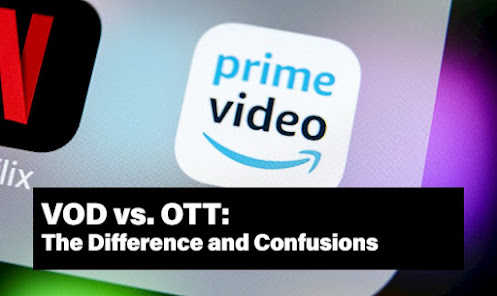What is IPTV's mechanism of operation?
With conventional television, programs are relayed by being developed into radio waves and also beamed through the air to a roof antenna on your house. The antenna transforms the waves back into electrical signals and also your television set deciphers them to make its audio as well as an image (satellite television works the same way, other than the signal jumps right into area as well as back, while cable TV sends out the signal directly right into your house without radio waves). Just how is IPTV various?
Keeping programs
Real-time programs are streamed as they're generated, yet prerecorded programs and movies need to be stored as if they can be chosen and streamed as needed. Some VOD solutions limit the number of programs they make available, not due to the fact that they lack storage room however since that's one way to limit the total bandwidth of their service as well as its influence on the Net. (As an example, if the BBC made available every program it's ever before generated on its iPlayer, which is totally free to make use of, a considerable percentage of the whole UK Net data transfer would certainly be used up streaming television daytime soap and also comedies, potentially slowing down the network for every various other kinds of Web traffic.).
The TV program (either prerecorded or recorded online with a video clip camera) has actually to be transformed into a digital style that can be delivered as packets making use of the Web procedure. In some cases the initial program will be in digital layout currently; sometimes it will be in the type of a criterion, analog Television photo (known as SD format) that needs an extra little bit of handling (analog-to-digital conversion) to transform it into digital style.
Streaming programs.
When you surf a website, you're effectively making a temporary web link between two computer systems so one can "draw" information off one more. Your computer (the customer) draws details of the various other, normally a lot more effective computer system (the webserver) by linking straight to an IP address that corresponds to the internet site you want to take a look at. The customer and webserver have a brief, periodic discussion in which the customer requests from the server all the data it requires to construct the web page you're taking a look at. Web servers are typically so rapid and powerful that several customers can download in this way simultaneously, with extremely little delay. This sort of regular downloading between one client-server and one web server is called IP unicasting (a lot of web searching falls under this group).
IP multicasting.
When it comes to streaming (having fun programs as you download them), nevertheless, the customers put a much greater (and synchronized) lot on the server, which has the possibility to cause inappropriate hold-ups and also buffering. With streaming, various kind of downloading is made use of, understood as IP multicasting, in which each packet leaves the server just as soon as however is sent all at once to many different destinations; in theory, this suggests one server can send out details to lots of clients as quickly as to a single client.
The around the world nature of the Web makes it difficult to send out details similarly as dependably from your webserver to a local client regarding a customer on the contrary side of the world. That's why IPTV m3u subscription service providers often make use of synchronized, around the world networks on servers, called material distribution networks (CDNs), which keep "mirror" copies of the same data; after that people in the United States might stream programs from Mountain Sight, The Golden State, while those in Europe may get them from Frankfurt, Germany. see more



Comments
Post a Comment